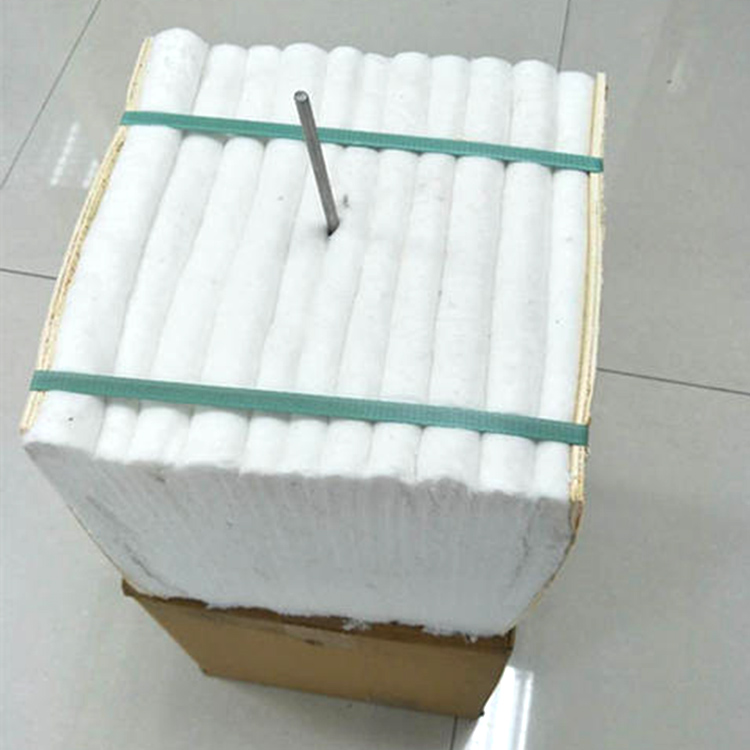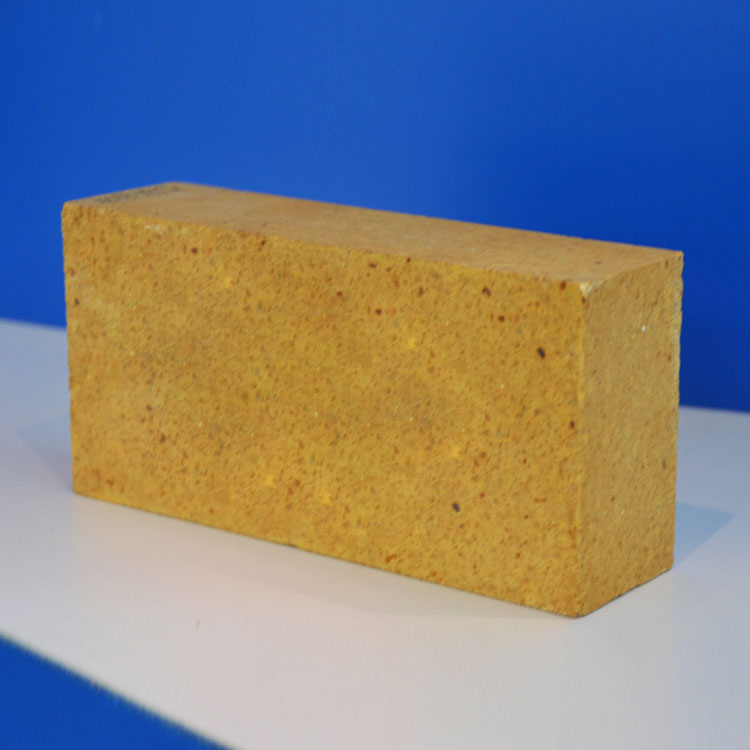
In the realm of chemical and metallurgical industries, enterprises are grappling with persistent issues of furnace temperature instability and excessive energy consumption. The root cause often lies in the improper design of the insulation layer. This article delves deep into the application of high - strength refractory clay insulating bricks, offering practical construction tips and strategies to tackle these challenges.
To understand how these insulating bricks work, we need to start with the mechanism of heat conduction. Heat transfer occurs through three main ways: conduction, convection, and radiation. In high - temperature furnaces, reducing heat loss is crucial for energy conservation. Refractory clay insulating bricks have a low thermal conductivity, which means they can effectively slow down the heat conduction process.
According to scientific research, materials with a thermal conductivity below 0.2 W/(m·K) can significantly reduce heat loss. The refractory clay insulating bricks used in this context typically have a thermal conductivity in the range of 0.1 - 0.15 W/(m·K), which is much lower than ordinary refractory materials. This low thermal conductivity directly translates into less heat escaping from the furnace, thereby saving energy.
Another important property is high thermal shock resistance. Furnaces often experience rapid temperature changes during operation. A material with poor thermal shock resistance may crack or even break under such conditions, leading to structural instability. The high thermal shock resistance of these refractory clay insulating bricks ensures that the furnace lining remains intact even when facing sudden temperature fluctuations, maintaining the stability of the entire furnace structure.

Construction details play a vital role in the performance of the insulating layer. Let's start with joint control. The precision of joint control is of utmost importance. Even a small gap can become a channel for heat leakage. Experts recommend that the width of the masonry joints should be controlled within 1 - 2 mm. This requires high - precision construction techniques and strict quality control during the laying process.
The proper arrangement of expansion joints is also critical. As the furnace heats up, the bricks will expand. If there are no proper expansion joints, the bricks may be squeezed and damaged due to expansion. A well - designed expansion joint system can accommodate the expansion of the bricks, ensuring the long - term stability of the furnace lining. Generally, expansion joints should be set at intervals of 1 - 1.5 meters, depending on the size and operating conditions of the furnace.
Sealing treatment is another key factor. A good sealing process can prevent hot air from leaking through the gaps between the bricks. Special sealing materials, such as high - temperature resistant gaskets and sealants, should be used. These materials can fill the gaps tightly, enhancing the overall insulation effect of the furnace lining.
Let's look at some real - world examples. In a chemical plant, after adopting the scientific construction methods mentioned above, the energy consumption of the high - temperature furnace decreased by 15% compared to the previous situation. The service life of the furnace lining also increased from 2 years to 3 years, which is a significant improvement in terms of both energy conservation and cost - effectiveness.
One front - line engineer said, "Proper construction techniques can make a huge difference. By controlling the details, we can not only save energy but also extend the service life of the furnace." This statement reflects the importance of scientific construction in the application of refractory clay insulating bricks.

In today's era of environmental protection, the use of refractory clay insulating bricks also has great significance for green transformation. By reducing energy consumption, enterprises can lower their carbon emissions, contributing to environmental protection. At the same time, a more stable furnace lining system can ensure the safe operation of equipment, reducing the risk of production accidents.
In conclusion, whether you are an engineer responsible for furnace construction or a manager concerned about energy conservation and cost control, the knowledge and experience shared in this article can provide you with practical guidance. If you want to build a more energy - efficient and stable furnace lining system, don't miss out on these valuable insights. Contact us now to get a free construction assessment!


